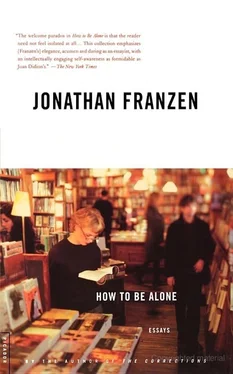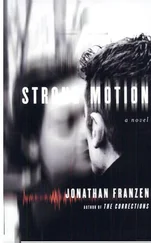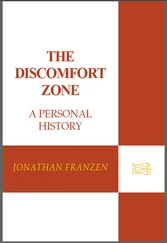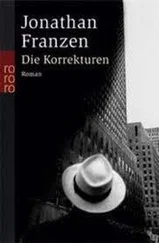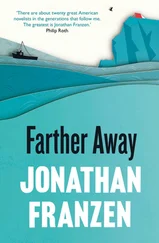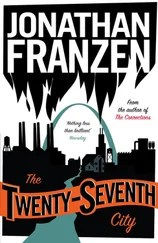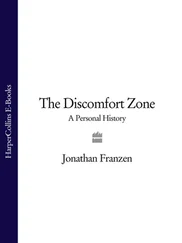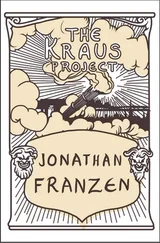For a check on the reality of American cities, it’s worth taking a closer look at the neighborhood Rybczynski calls home. The last time I moved to New York, it was from Philadelphia. My wife and I had heard about the waiting list for Woodward houses, and we were surprised when, at the interview required of all applicants, we were told that several houses were immediately available. Only later did we learn that every one of the dozens of families in Woodward houses on our block, in the predominantly black city of Philadelphia, was white. At the closest good supermarket and the closest mall, both of which are in mixed neighborhoods, you will rarely see a white shopper from Chestnut Hill. When I shopped at these places I was struck by the exemplary warmth and courtesy with which I was treated. Knowing that a black male shopper at a predominantly white mall or supermarket would probably have had quite a different experience, I couldn’t help wondering whether the courtesy wasn’t meant to be literally exemplary. As in: We would like to be treated the way we are treating you.
THE FIRST CITIES of European countries have tended to be capitals in every way — commercially, culturally, governmentally, and demographically. Early America, however, was so far-flung and so distrustful of concentrated authority that it was not until 1900 or so, when Wall Street and the big media had established themselves as the country’s shadow government, that the four functions fully converged in New York. One measure of New York’s enduring primacy is that it continues to act as a lightning rod for national resentment. When Americans rail against “Washington,” they mean the abstraction of federal government, not the District of Columbia. New York is resented as an actual place — for its rudeness, its arrogance, its crowds and dirt, its moral turpitude, and so forth. Global resentment is the highest compliment a city can receive, and by nurturing the notion of the Apple as the national Forbidden Fruit such resentment guarantees not only that ambitious souls of the “If I can make it there, I’d make it anywhere” variety will gravitate toward New York but that the heartland’s most culturally rebellious young people will follow. There’s no better way of rejecting where you came from, no plainer declaration of an intention to reinvent yourself, than moving to New York; I speak from personal experience.
It worries me a little, therefore, that the city has now been paid the additional compliment of a million-and-a-half-word encyclopedia. There’s something decidedly valedictory about The Encyclopedia of New York City , edited by the same Kenneth Jackson who wrote Crab grass Frontier . The Encyclopedia has the heft and ambition of a monument. It’s a grand list for an age in love with lists. As soon as I got the book, I paged to the entry for “Sewers,” a topic of perennial fascination. I found a good historical overview of the subject but no hint of the daily drama of contemporary sewers. Indeed, a numbing sameness afflicts nearly all the longer articles in the Encyclopedia . Each entry begins with vaguely colorful arcana from the city’s earliest history (reading about “Intellectuals,” for example, we learn that “the leading intellectual circle of the late eighteenth century was the Friendly Club”), goes on to pursue the subject doggedly decade by decade, often achieving a full head of steam around 1930 (thus, under “Intellectuals,” The New Republic and Partisan Review are treated at some length), and finally peters out rather sadly in the present (“In the mid 1990s. . major magazines of opinion continued to be published in the city but lacked the urgency and influence that they had enjoyed in earlier times”). It’s an odd thing to experience the present, which is, after all, so present , again and again as the dusty terminus of historical spurs. Reviewers of the Encyclopedia have dwelled on what’s missing from it, and their quibbles reinforce the notion of the city as a work completed, rather than a work in progress.
The chief pleasure of the Encyclopedia lies in a kind of Derridean lateral slide of association. I move from “Terrorism” to read about “Anarchism,” across the page to “Amphibians and Reptiles,” on to “Birds,” and (after a side trip to “Birdland” and a courtesy call on “Parker, Charlie”) to “Cockroaches,” which “are known to be attracted to toothpaste,” which brings me to “Colgate-Palmolive” and its founder “Colgate, William,” who fled England in 1795 “to escape public hostility toward his father, who had supported the French Revolution.” It’s like a game of Telephone: “Anarchism” connecting with the sansculottes not by way of history but, rather, via “Cockroaches.”
Yet there’s something empty about this pleasure. A city lives in the eye, ear, and nose of the solitary beholder. You turn to literature to find the interior point of intersection between subject and city, and as a living connection to New York’s history a few lines of Herman Melville or Don DeLillo outweigh whole pages of an encyclopedia. This is Ishmael downtown:
There now is your insular city of the Manhattoes, belted round by wharves as Indian isles by coral reefs — commerce surrounds it with her surf. Right and left, the streets take you waterward.
This is DeLillo’s Bucky Wunderlick, walking the same streets more than a century later:
It was early afternoon and soon to rain, nondeliverance in the air, a chemical smell from the river. The bridges were cruelly beautiful in this weather, gray ladies nearly dead to all the poetry written in their names.
DeLillo, an essential New York artist, is unmentioned in the Encyclopedia , whose lengthy “Literature” article has little more to say about the post-Norman Mailer scene than this: “Many of the writers who had become well known in the 1960s left the city during the 1970s and 1980s.”
DURING THOSE 1970S and 1980s, Rybczynski says, a new shopping center opened in the United States every seven hours. In City Life he asserts that as malls increasingly come to have hotels attached to them and museums and skating rinks and public libraries housed within them, they are entitled to be considered “the new downtown.” He marvels at the “variety” at a shopping-center food court (“Tex-Mex, Chinese, Italian, Middle Eastern”) and compares the scene to a sidewalk café. What ultimately attracts people to malls, he believes, is that they supply “a reasonable (in most eyes) level of public order; the right not to be subjected to outlandish conduct, not to be assaulted and intimidated by boorish adolescents, noisy drunks, and aggressive panhandlers.” He adds, “It does not seem too much to ask.” To “academic colleagues” who might object to the “hyperconsumerism” and “artificial reality” of malls, Rybczynski replies that “commercial forces have always formed the center of the American city” and that “it is unclear to me why sitting on a bench in the mall should be considered any more artificial than a bench in the park.”
For my part, I’m willing to admit to an almost physical craving for the comforts of the suburban mall. Natural opiates flood my neural receptors when I step from the parking lot into the airlock. Inside, the lighting is subdued, and every voice sounds far away. Never mind that Waldenbooks doesn’t stock Denis Johnson and that Sam Goody has no Myra Melford; I have cash in my wallet, my skin is white, and I feel utterly, utterly welcome. Is this a community? Is the reality artificial, or am I part of a genuine promenade? I don’t know. When I’m not being actively repelled by the purple and teal that are this year’s favored suburban leisurewear colors, I’m too busy enjoying the rush of purchase to pay much attention.
Читать дальше
Конец ознакомительного отрывка
Купить книгу
